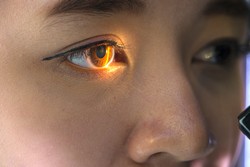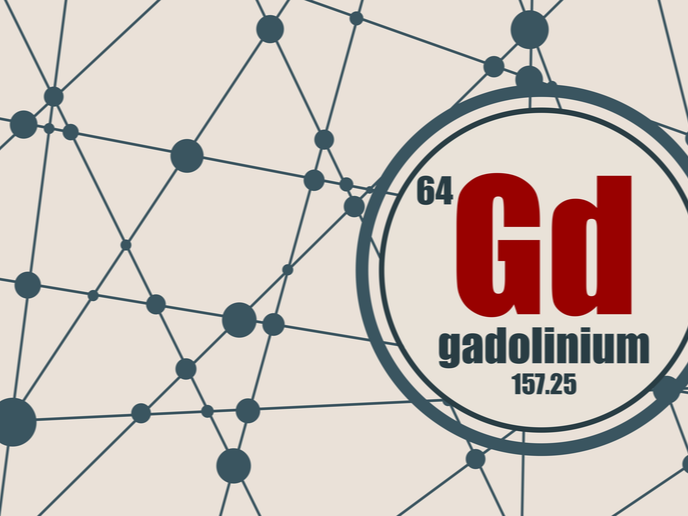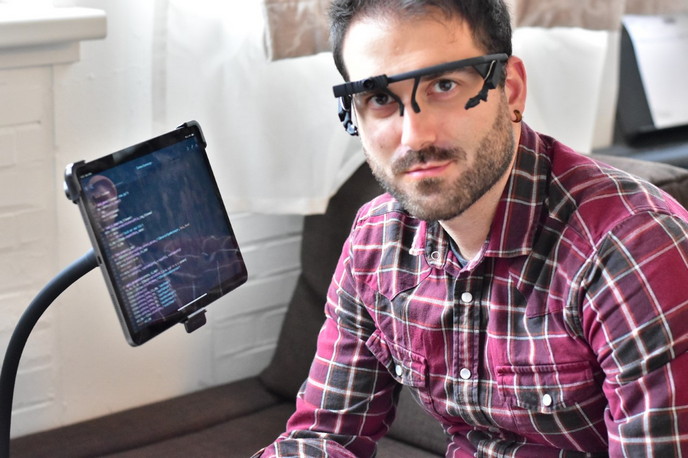Blindness treated with light
A promising approach to treating blindness from degeneration of the outer retina is by direct activation of the outer ganglia. Current treatments use invasive electrodes, but systems that use light patterns hold promise as non-invasive alternatives. The EU-funded OPTISTIM (Patterned optical activation of retinal ganglion cells) initiative aimed to develop a new approach to restore vision to sufferers of degenerative diseases of the outer retina. The researchers set out to perform a series of in vitro and in vivo experiments to determine how safe and efficient this approach is. The OPTISTIM research group wanted to find the engineering challenges that come with using light to restore vision. For this, they developed new types of projectors that can perform rapid pattern stimulation using light. Team members also developed other tools for imaging and stimulating the retina in vivo at the cellular level. The project then demonstrated that this technology can activate the individual retinal ganglia both in vitro and in vivo. The OPTISTIM group has published promising results showing that their non-invasive approach is viable. In the long term, this research will contribute to non-invasive treatments for retinal degeneration.







